A surprisingly large number of people ask us “What is a long gun?” To most of us, the answer seems far simpler than the average question about firearms. However, it’s a little bit of an odd question because it’s one of those things where you know one when you see it. There’s not a great definition of a long gun, at least not set forward by the federal government.
Generally speaking, a firearm is a “long gun” when it is designed to be held with two hands and braced against the shoulder when it is fired. A long gun is typically any firearm that isn’t a pistol, which you can fire one-handed. Long guns include rifles, carbines, shotguns, and submachine guns. Note that while many of these firearms may have very short barrels, it’s their two-handed nature that earns them their long gun status.
Legal Definition of “Long Gun”

There is no such thing, legally, as a “long gun.” At least not at the federal level.
Unlike “rifle,” “short-barreled rifle,” or “pistol,” the federal government doesn’t define or concern itself with what constitutes a “long gun.” In addition to being fired with two hands and braced against the shoulder, it is commonly held that a long-gun has a 16” or longer barrel. (Not sure how to measure your barrel? Check out our guide to barrel length here.)
State Examples
States are all over the place with their definitions.
For example, under Georgia’s law a long gun must have a barrel of at least 18 inches with an overall length of 26 inches.
In Texas, there are no laws regulating them. However, they do specify that rifles must be at least 16 inches long (18 inches for shotguns) if you don’t register the firearm with the ATF.
Meanwhile, in California, it’s anything that they don’t classify as a handgun or machine gun. In Connecticut, it’s anything other than a pistol or revolver.
Benefits of a Long Gun
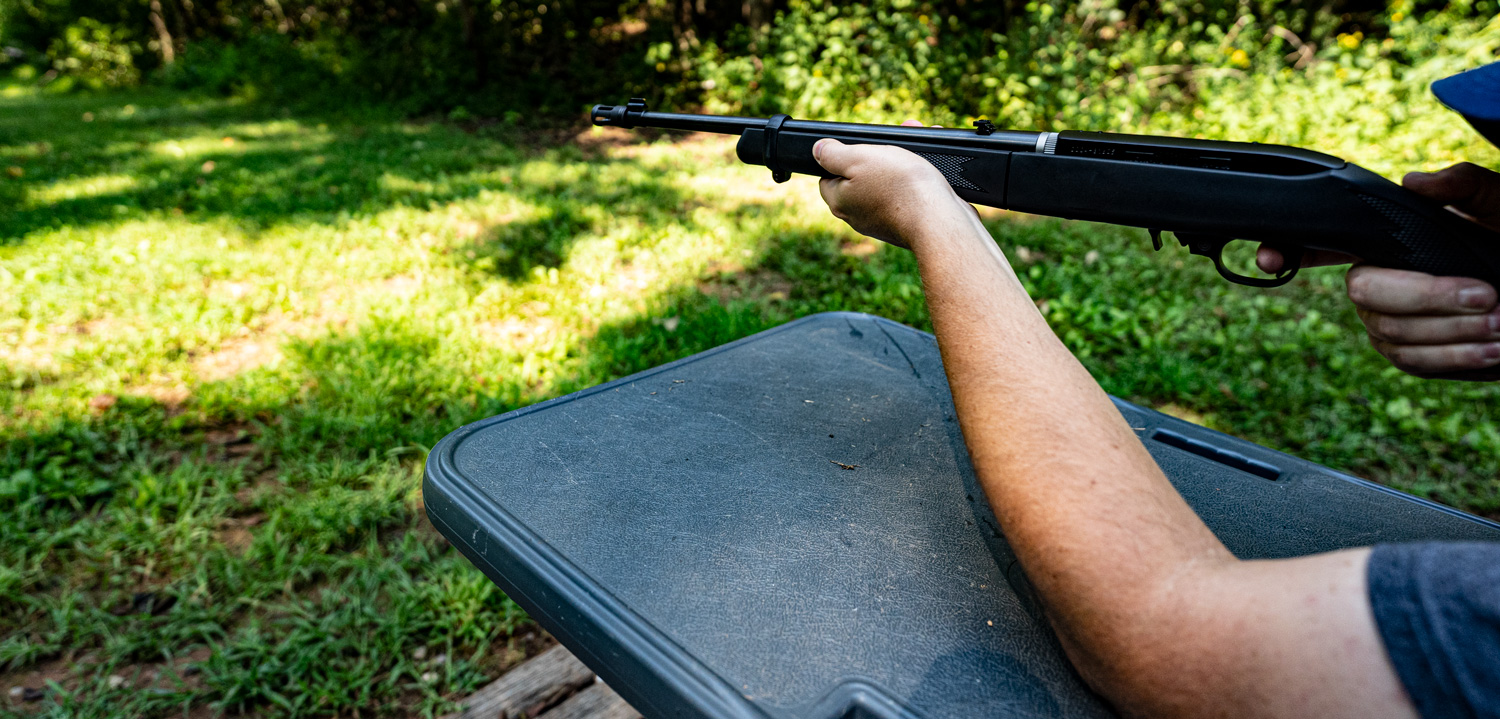
A pistol is lighter and easier to conceal and transport, but these perks come at the cost of many of the distinct benefits a longer barreled firearm offers.
Because you brace it against your shoulder, it is easier to hold a longer firearms steady as you aim. The greater distance between its rear and front sights also facilitates more precise aiming.
A long gun usually has greater mass, enabling it to absorb more recoil. You’ll experience less kick while firing a 22 LR rifle as opposed to a 22 LR handgun. What’s more, a long gun is able to fire far larger cartridges. While handguns can fire some pretty powerful rounds like 44 Magnum ammo and 454 Casull, none will ever be able to fire a 338 Winchester Magnum without damaging itself or its shooter.
The longer barrel also delivers greater velocity and resultant energy. Because a longer barrel grants propellant gasses more time to transfer their energy to the bullet, they can push it faster out of the muzzle. And because a longer barrel lets more propellant burn up before exiting the muzzle, it also generates less muzzle flash. This is crucial for nighttime shooting when bright light can instantly blind you.

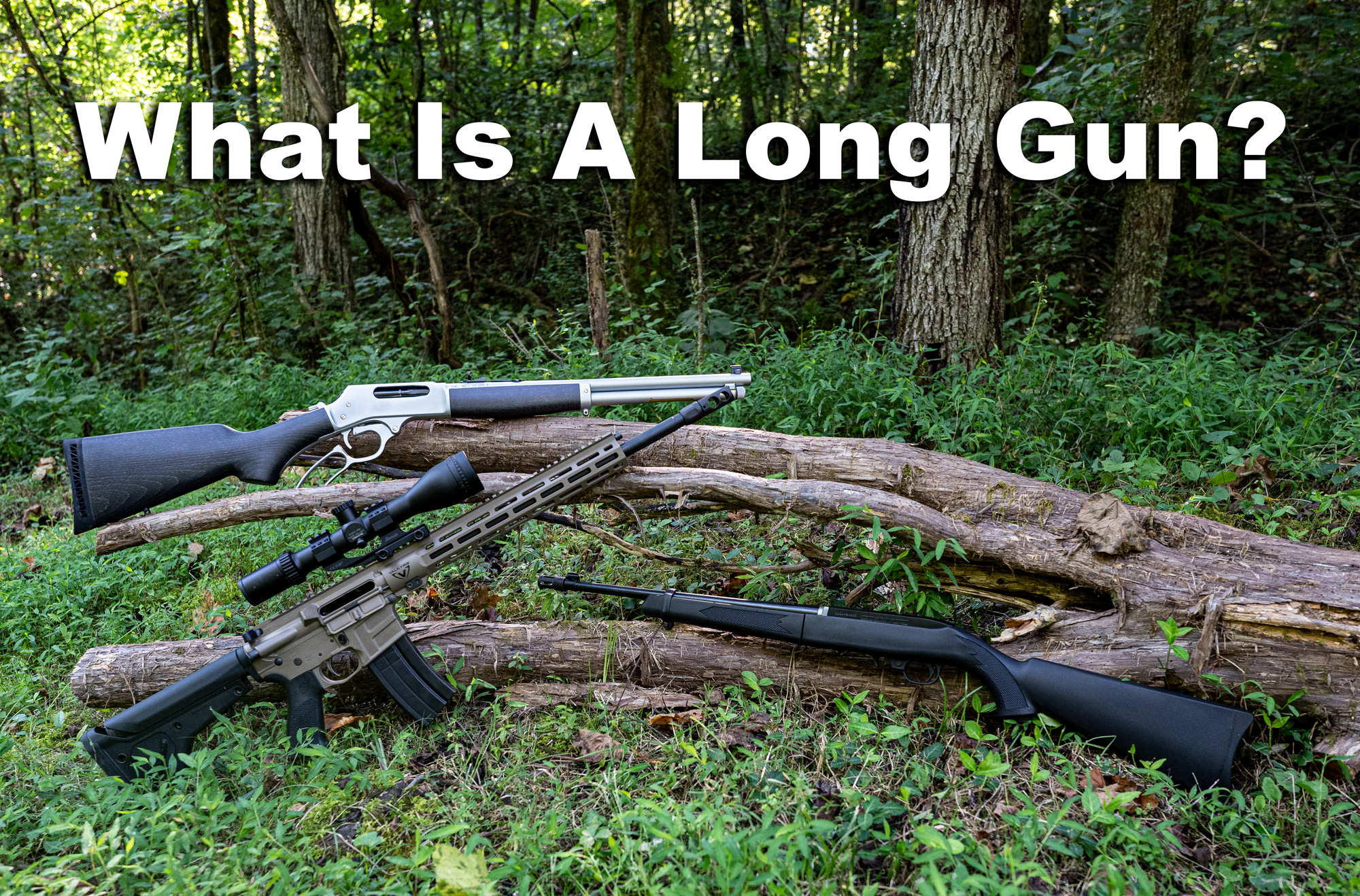
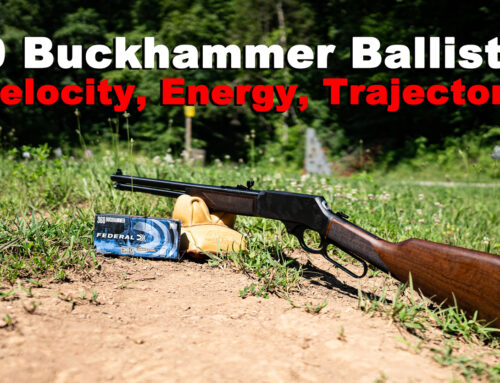
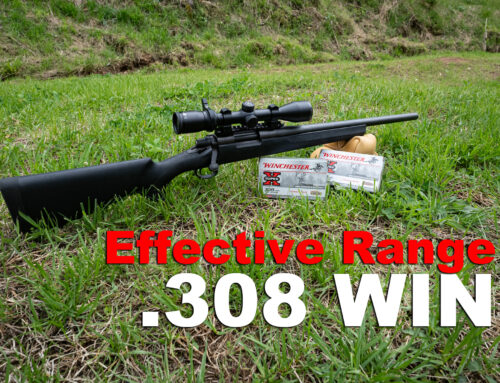
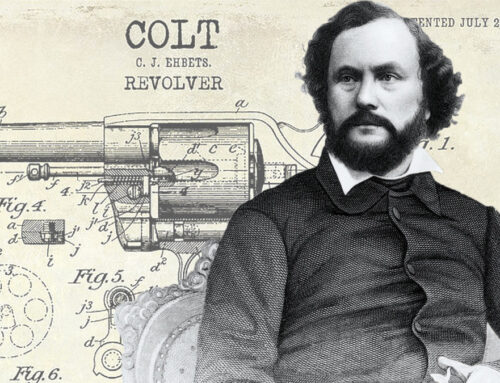
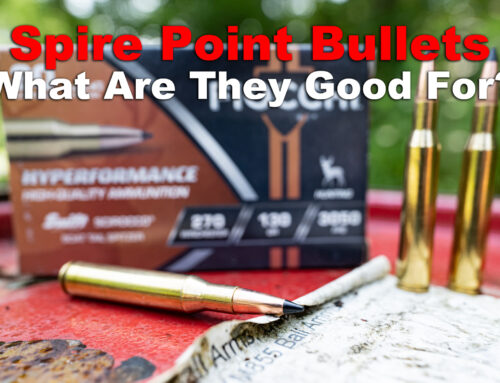
I’m 18 so can I technically buy a pistol caliber carbine? Also what else can I buy?
Hi Abel – generally, you can buy a long gun at a younger age than a pistol. However, gun laws are different from state to state.
A shotgun is NOT long gun!! A shotgun is a shotgun!
The ATF generally lumps both shotguns and rifles together in their classification of long guns. In some cases – like a sawed off shotgun – the firearm in question may not truly be a long gun. In that case, you’d be looking at NFA and other potential legal complexities.